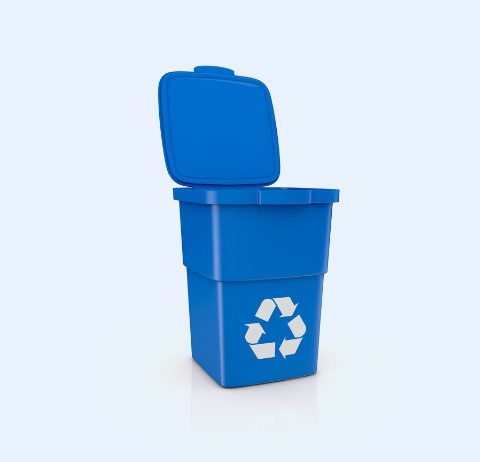Antimicrobial Additives
Our antimicrobial additive masterbatches are available in natural (translucent) pellets. Upon request our product can be “color-coded” for easy identification or formulated as a custom color which is normally added into the end product.


Untreated plastic articles can be attacked by microbe growth causing unsightly discoloration, unpleasant odors, and polymer degradation issues. Antimicrobial additives improve a wide range of plastic products by providing inherent microbe-fighting properties that control the spread of fungi and algae on the surface of treated products.
Antimicrobials accomplish this by preventing microorganisms from growing, producing energy, or replicating when the microbe encounters the protected surface.
Antimicrobial additives are added to the products during manufacture. The most widely used types are inorganics due to their high thermal stability. Loading levels vary depending on type and polymer, but typically fall between 0.5% – 5%. Better efficacy is achieved at higher loadings; however, the provider must strike a cost-benefit balance based on application. Antimicrobials can be incorporated into most thermoplastics. Some of which include polyethylene (PE), polypropylene (PP), polystyrene (PS), thermoplastic elastomers (TPE), etc.
It is important to note per Environmental Protection Agency (EPA) requirement “All manufacturers making any efficacy claims associated with controlling microorganisms, such as E. coli, S. aureus, Salmonella sp. or Streptococcus sp., must first register their product with the EPA.” Prior to EPA certification each manufacturer must submit test data in support of the public health claim as well as fitness for use criteria. Once approved the product may only claim efficacy for said product in specified application. Any deviation either by performance or application requires recertification.
Applications
Mitigating micro-organisms on plastic parts has become centerstage to consumers over the past few years. In response to these concerns, a wide variety of plastic products listed are being treated with antimicrobial additives. These include the following:
- Floor coverings, exercise equipment, and cutting boards
- Door or floor mats, bed rails, and shopping carts
- Food distribution carts and trays, and garbage cans
- Pallets and playground equipment
- Storage containers, waste bins, and luggage

Ready to Talk?
We work with ambitious leaders who want to define the future, not hide from it. Together, we achieve extraordinary outcomes.
"*" indicates required fields